5 Best Practices for Professional Services Onboarding
Here are the five onboarding best practices that are most relevant today in ensuring new employees become fully billable – or fully servicing those who are – as quickly as possible.
Professional services firms have unique challenges when it comes to effectively onboarding new employees. Not only is the competition for top talent fierce, but new hire cultural assimilation tends to take a back seat to client demands.
Failing to constantly rethink your onboarding strategy, however, is a mistake. High-income employees who leave within a matter of months drain resources at an alarming rate, and new hires who don’t understand the firm’s climate, institutional knowledge, and even quirks will be clueless at best and damaging to business at worst. Rival, formerly SilkRoad Technology offers organizations the ability to assess their onboarding maturity to better understand how they currently onboard new hires and drive better ROI.
#1: Involve Your Founders, Partners, and Senior Leaders
New hires should be continuously exposed to your firm’s leadership through official and unofficial engagements. There’s no better way for new employees to learn what the firm is all about, how it’s different from similar companies, and why its big picture mission and values are so important. Having leaders meet new hires face-to-face communicates the extent of the firm’s talent investment and promotes a contagious sense of enthusiasm from the top down.
#2: Incorporate Cross-Functionality
It’s easy to fall into the trap of throwing a new team member directly into the chaos of his or her department, but a better idea is to send new employees around the firm to learn about what other groups do and how the business operates. Not only will your new hires be better equipped to perform their own roles, but they will have the flexibility and know-how to serve the firm in different ways as the market evolves.
#3: Provide a Mini Business Degree
Some of your new hires may have business degrees, while others do not. Regardless, if you want all of new employees to live up to their potential as fully productive team members, it’s a smart move for your onboarding to include either online or in-person training on business basics from finance and accounting to marketing and client relations. Consulting firm McKinsey, for instance, breaks new hires into teams to tackle a fictional client case study and work through core competencies including articulating a problem statement and drawing an issue tree.
#4: Facilitate Ongoing Feedback and Guidance
New team members should be paired with experienced employees on their first assignments so that these naturally high performers are set up to succeed and thrive. The model of project-based mentorship, in which a group of leaders take an active interest in an individual employee’s development, is particularly well-suited to professional services firms, and feedback that is delivered regularly ensures continuous improvement, learning, and growth.
#5: Understand and Leverage Technology
In addition to offering intuitive access to a comprehensive onboarding portal that includes engaging, friendly content and detailed information on policies and responsibilities, look for other ways to put digital advances to work. For instance, consulting firm EY has enhanced its new hire experience by launching a chatbot trained to answer any and all new hire questions, and a virtual reality program that places new team members directly into their workspaces.



















